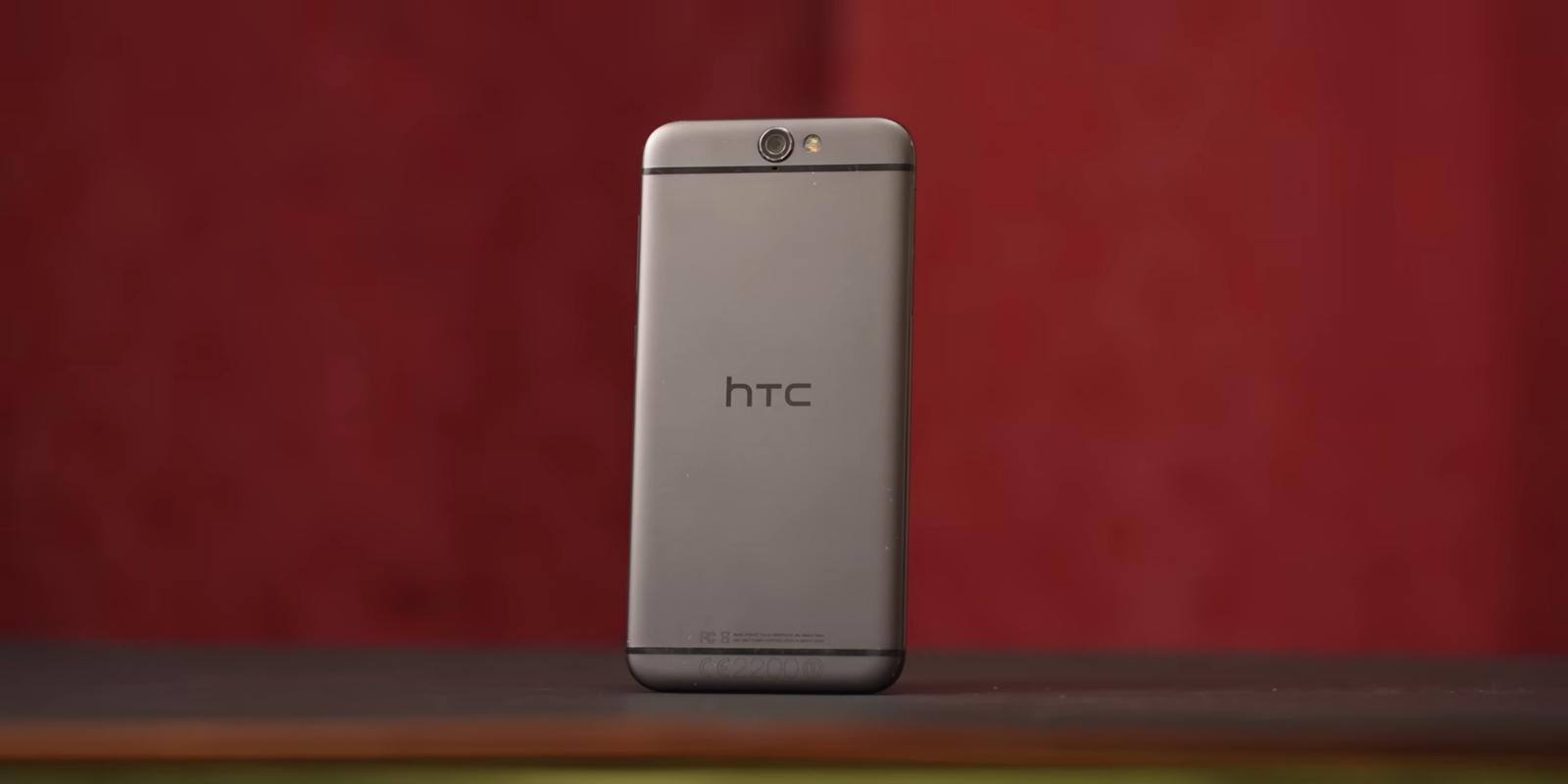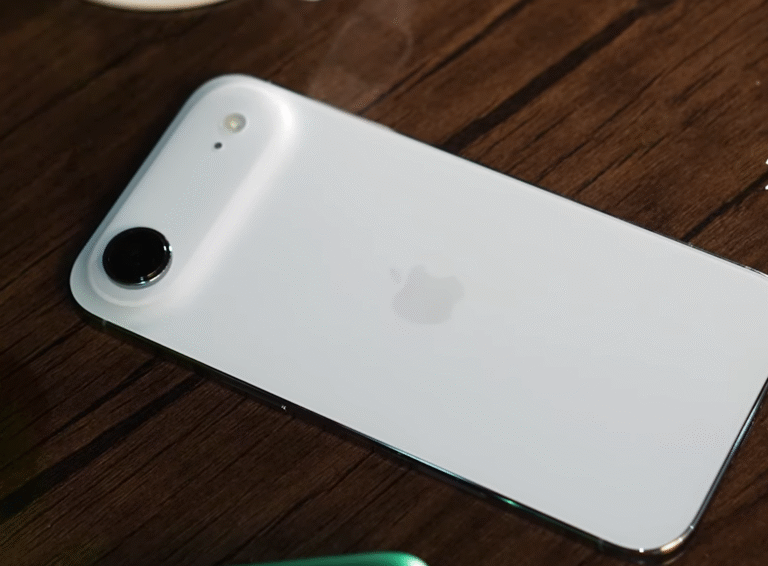
When we look back at the smartphone industry, some devices stand out as clear game changers, while others fade into obscurity. Then there are phones like the HTC One A9—a device that sparked both admiration and controversy, blending bold design choices with compromises that divided opinions. Released in late 2015, the One A9 was HTC’s attempt to reinvent itself at a time when the brand was struggling to maintain relevance against giants like Apple and Samsung.
This article takes a deep dive into the HTC One A9—its design, performance, software, camera, and legacy—while also exploring why this smartphone remains such a fascinating case study in mobile history.
The Context: HTC’s Struggles Before the One A9
To understand the significance of the One A9, it’s important to know HTC’s position in the market. Earlier in the decade, HTC had earned respect with its HTC One M7 and M8—devices praised for their metal unibody design and premium feel. But by 2015, HTC was facing fierce competition. Samsung had improved its design language with glass-and-metal flagships, Apple was dominating the premium space, and Chinese brands like Huawei and Xiaomi were undercutting HTC with more affordable devices.
HTC needed something fresh, something that could win back consumer interest. The One A9 was meant to be that phone. However, what was intended as a reinvention quickly became overshadowed by comparisons to Apple’s iPhone.

Design: Inspired or Imitated?
The first thing anyone noticed about the HTC One A9 was its design. With its slim aluminum body, curved edges, and prominent antenna bands, critics immediately labeled it an iPhone 6 clone. HTC defended itself by pointing out that its earlier One series phones (like the M7 in 2013) had already introduced many of these design cues.
Regardless of who came first, there’s no denying that the One A9 looked elegant. The 5-inch AMOLED display with Gorilla Glass 4 curved slightly at the edges, making the device feel sleek and modern. At just 7.3mm thick and weighing 143 grams, it was lightweight yet sturdy, giving it a premium in-hand feel.
For users who found most Android phones too big, the One A9’s compact size was refreshing. It catered to those who wanted a phone that was manageable with one hand but didn’t compromise on build quality.
Display Quality: Compact but Vivid
The 5-inch AMOLED display offered a 1080p resolution (441ppi), delivering vibrant colors, deep blacks, and strong contrast. At a time when AMOLED technology was mostly associated with Samsung, HTC’s adoption of it gave the One A9 a unique edge.
Outdoor visibility was solid thanks to a peak brightness of over 450 nits, and color accuracy could be adjusted through display settings, allowing users to choose between vivid and more natural tones. For a mid-sized device, this display was one of its strongest selling points.
Performance: Mid-Range Hardware with Limitations
Inside, the HTC One A9 ran on the Qualcomm Snapdragon 617 processor, an octa-core chip that was positioned firmly in the mid-range category. Depending on the model, buyers got either 2GB or 3GB of RAM, along with 16GB or 32GB of internal storage. Thankfully, HTC included a microSD card slot, supporting expansion up to an incredible 2TB—a rarity even today.
For daily tasks such as browsing, social media, messaging, and light gaming, performance was smooth. But when pushed harder, the Snapdragon 617 showed its limits. High-end games stuttered, and multitasking wasn’t as fluid as competing flagship devices.
Still, HTC wasn’t targeting heavy gamers or power users with this phone. The One A9 was marketed as a stylish, reliable mid-range smartphone that prioritized design and software over raw horsepower.
Software: HTC’s Boldest Move
Perhaps the most underrated aspect of the One A9 was its software strategy. HTC made headlines by announcing that the One A9 would be the first non-Google phone to ship with Android 6.0 Marshmallow out of the box.
This was a big deal. It meant the One A9 offered Google’s latest features—like Doze for better battery management, Now on Tap, and improved app permissions—before even Samsung or LG could update their flagships. HTC also promised to deliver monthly security updates and quick OS upgrades, something few Android manufacturers were doing at the time.
HTC Sense, the company’s custom skin, was dialed back compared to previous years. The result was a near-stock Android experience with subtle HTC enhancements, making the phone feel clean and uncluttered. For Android purists who didn’t want a Nexus or Pixel, the One A9 was one of the best options available.
Camera: A Step in the Right Direction
HTC had long struggled with smartphone cameras. Its UltraPixel experiment produced mixed results, with low-light advantages but poor sharpness in daylight. With the One A9, HTC returned to a more traditional approach.
The 13MP rear camera, featuring Optical Image Stabilization (OIS) and an f/2.0 aperture, delivered much better results than HTC’s previous flagships. In daylight, photos were crisp and detailed, with accurate colors. The inclusion of OIS made low-light shots more usable, though noise levels were still higher than the iPhone 6S or Galaxy S6.
The front camera used a 4MP UltraPixel sensor, which actually worked well for selfies. Thanks to the larger pixel size, it captured more light, producing brighter and clearer selfies in dim conditions compared to many rivals.
While not the best camera of its time, the One A9 marked a turning point for HTC—it was a phone that finally produced consistently good photos.
Battery Life: Its Biggest Weakness
If there was one area where the HTC One A9 disappointed, it was battery life. With just a 2150mAh battery, the phone struggled to make it through a full day of moderate use. Even with Android Marshmallow’s Doze feature, users frequently needed to recharge by evening.
To mitigate this, HTC included support for Qualcomm Quick Charge 3.0, allowing the phone to recharge quickly. Still, compared to competitors with larger batteries, the One A9’s endurance left much to be desired. For power users, this was the phone’s Achilles heel.
Audio and Multimedia Experience
HTC was once famous for its BoomSound front-facing stereo speakers, but the One A9 ditched them in favor of a slimmer design. Instead, it used a single bottom-firing speaker.
While not as immersive as BoomSound, the audio quality was still decent. The phone also supported 24-bit high-resolution audio, appealing to music enthusiasts who wanted better-than-CD quality playback. Combined with HTC’s included earbuds, the One A9 provided a respectable multimedia experience, though audiophiles missed the iconic dual speakers.
Connectivity and Extra Features
The HTC One A9 offered a well-rounded feature set for its time:
-
Fingerprint sensor integrated into the home button (fast and accurate)
-
4G LTE support for global markets
-
Expandable storage via microSD (up to 2TB)
-
Gorilla Glass 4 protection for durability
-
Aluminum unibody design with multiple color options, including Carbon Gray, Opal Silver, Deep Garnet, and Topaz Gold
While it lacked water resistance and wireless charging—features appearing in some competitors—it still felt like a premium device in most respects.
Pricing and Market Reception
At launch, the HTC One A9 was priced around $399–$499, depending on the region and configuration. This pricing placed it in a difficult spot. For many buyers, it was too expensive to be considered a mid-range bargain but not powerful enough to compete with flagship devices.
The iPhone-like design also drew heavy criticism. Many consumers accused HTC of copying Apple, and while HTC defended its design heritage, the perception stuck. This overshadowed the phone’s strengths in software updates and build quality.
As a result, sales were modest, and the One A9 failed to reverse HTC’s financial struggles.
Legacy: Why the HTC One A9 Still Matters
Even though it wasn’t a commercial success, the HTC One A9 holds a special place in smartphone history. It represented HTC’s last real attempt at regaining relevance in the mainstream market before the company’s decline.
Key takeaways from the One A9’s legacy include:
-
Software leadership – Being the first non-Google device to ship with Android Marshmallow showed HTC’s commitment to fast updates.
-
Compact premium design – The One A9 appealed to users who didn’t want oversized smartphones.
-
Camera improvements – It marked HTC’s shift toward more conventional but reliable camera hardware.
-
Missed potential – With a larger battery and slightly lower price, the A9 might have been far more successful.
Today, the One A9 is a reminder of HTC’s ambition and craftsmanship. While HTC has since faded into niche markets, the A9 stands as evidence of what the company once brought to the table.
Final Verdict
The HTC One A9 was a smartphone that combined beauty, software innovation, and solid camera performance but fell short in power and endurance. It wasn’t the flagship killer HTC hoped it would be, but it remains one of the most fascinating phones in the company’s history.
For those who used it, the One A9 offered a unique blend of premium design and near-stock Android, long before Google’s Pixel line became mainstream. It’s not remembered as a best-seller, but rather as a what-could-have-been moment in the evolution of smartphones.



